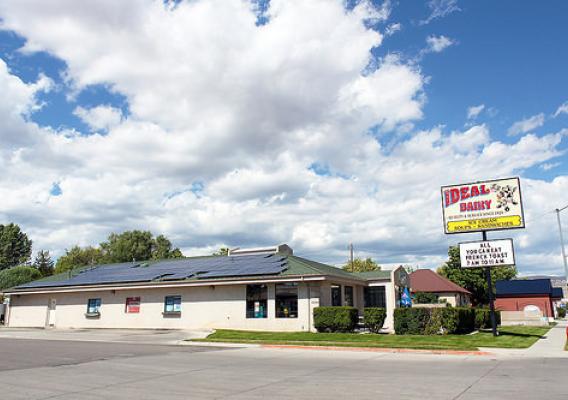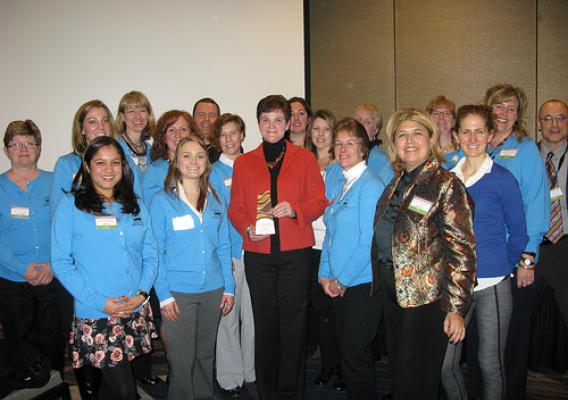Pediatricians understand all too well the toll that obesity and malnutrition are taking on the health and well-being of our nation’s children. Pediatricians, not politicians, know what’s best for the health of our children, which is why the healthier school meals are based on the advice of pediatricians and nutrition experts. With doctors, parents, teachers and schools all working together, we can make sure our kids get the healthy start in life they deserve. --Secretary Vilsack
By: Sandra G. Hassink, MD, FAAP, President, American Academy of Pediatrics, @AAPPres
Over the years in my weight management clinic, it became clear to me that addressing each child’s medical needs, such as the need for lifestyle counseling treatment for obesity-related liver disease, type 2 diabetes, or sleep apnea, was a crucial part of my job as a pediatrician. So was caring for the whole child. That meant working to meet three of their most basic needs outside the walls of my pediatric practice: sound nutrition and healthy physical activity; stable, nurturing relationships in families, early child care settings and schools; and safe environments and communities where children live, learn and play.






